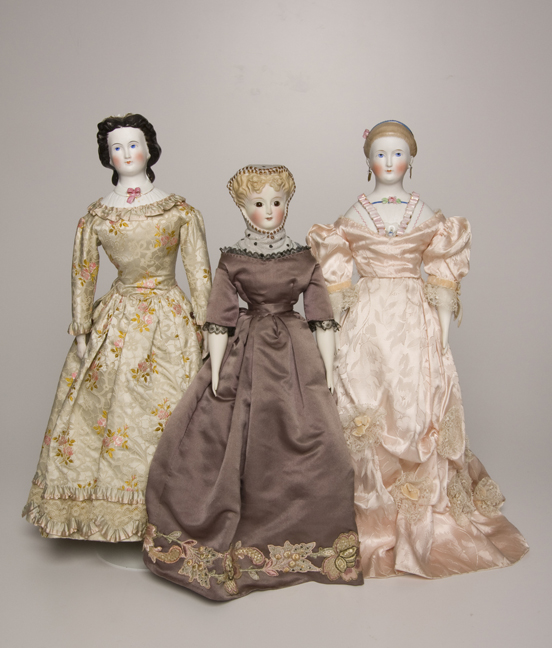
(via Museum of Play)
After the Spaniards arrived in Mexico and settled there among the indigenous peoples, they brought along their possessions from Spain, including porcelain dolls. They had porcelain faces, arms and feet, and were sold on the commercial market during the colonial period. These dolls were expensive to buy and could break easily (Lechuga, 2014). Once broken, they needed to be sent to a speciality repair shop, referred to as the ‘Hospital de Muñeca’, a doll hospital (Lechuga, 2014).

Not only were these porcelain dolls expensive and fragile, they were also not representative of the indigenous culture and appearance (Lechuga, 2014). Imported by the settlers, these dolls represented the European beauty image of pale pinkish skin, blue eyes, blond hair and the latest European fashion, an image the Indigenous population could not recognize themselves in (Lechuga, 2014).
Dolls made by the indigenous, however, do represent their culture and customs. For instance, dolls made by the Seri people from the state of Sonora are often seen with a cradle made of sticks tied together in a racket-like shape, similar to the ones the Seri used to carry their babies (Lechuga, 2014).
The dolls in general reflect the traditional style of dress of the people who made them, their customs, and their craft. Lelé, too, was designed with this intention in mind, focusing specifically on representing the Otomí and Mazahua women who resorted to selling goods in the streets to make a living (Lechuga, 2014).